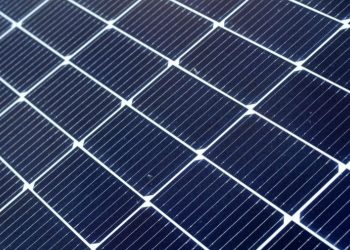Living in a forested area in Australia undoubtedly brings the beauty of nature right to your doorstep. However, harnessing solar power might seem impossible amidst the lush greenery and towering trees. The shade can cast doubts on the feasibility of installing solar panels and reaping the benefits of renewable energy. In this post, we dive into the question: can I get solar power in a shady forest environment?
Challenges of installing solar panels in a shady environment
Shading is a significant challenge to the optimal performance of solar panels. When even a small portion of a solar panel is shaded, it can lead to a disproportionate reduction in energy production. This is because solar panels are typically interconnected in strings, where the output of one solar panel can affect the entire string.
When shed, affected cells within a panel create resistance, reducing the current flow and lowering energy production.
In shaded environments, several factors exacerbate the challenges of solar panel installation. These include the direct obstruction of sunlight by nearby objects such as trees or buildings and indirect shading caused by factors like cloud cover or atmospheric conditions.
Additionally, seasonal variations in sunlight angles and durations further complicate the issue, making it essential to consider the dynamic nature of shaded patterns.
Unlike urban or suburban settings where shade primarily emanates from buildings or structures, forests offer limited opportunities for unobstructed sunlight exposure. Additionally, the ever-changing foliage throughout the year adds complexity, requiring careful planning to mitigate shade effects effectively. These challenges require tailored solutions to harness solar energy efficiently in forested environments.
How to generate solar power in the forest
The positioning and placement of your solar panels are vital. Proper orientation will maximise sunlight exposure. Ideally, the solar panels should be installed in areas where they can capture the most sunlight throughout the day. This means having the panels face towards the north or northwest in the Southern Hemisphere.
However, this could be a major challenge, which is why one of the things you can do is take advantage of sunlight gaps. Identify sunlight gaps within the forest canopy to optimise solar panel placement.
Another excellent solution is to use technologies such as microinverters and optimisers. Microinverters and power optimisers are advanced technologies that mitigate the impact of shading on solar panel performance.
A micro inverter comes with a small box at the back or situated close to a solar panel. It converts the DC electricity produced by a single solar panel. One of the leading microinverter brands today is Enphase.
Bifacial solar panels are also an excellent option. They are designed to capture sunlight from the front and rear surfaces, increasing their efficiency in shaded environments. These panels can harness reflected and diffused light, which makes them suitable for areas with indirect sunlight or partial shading.
Hybrid solar systems are also worth considering. They combine solar panels with other renewable energy sources, such as batteries or generators, to provide a reliable power supply in areas with limited sunlight. They can store excess energy generated during sunny periods for use at times with low sunlight or high energy demand.
Shading in forested areas for solar power is a challenge. Technological advancements offer promising solutions to maximise energy generation. By carefully planning panel placement and using innovative technologies, homeowners and businesses in shaded environments can still harness the benefits of solar power.
Energy Matters has over 18 years of experience in the solar industry and has helped over 40,000 Australian households in their journey to energy independence.
Complete our quick Solar Quote Quiz to receive up to 3 FREE solar quotes from trusted local installers – it’ll only take you a few minutes and is completely obligation-free.


















